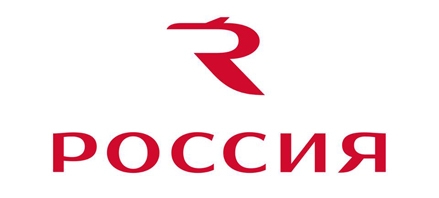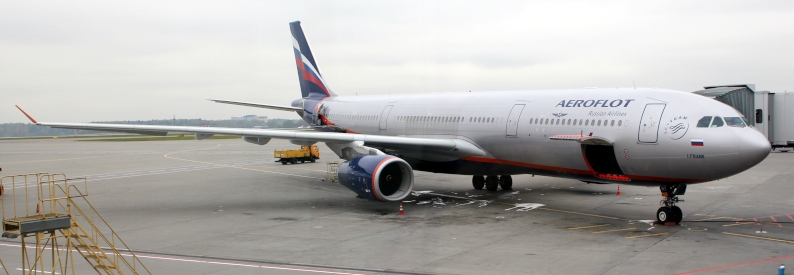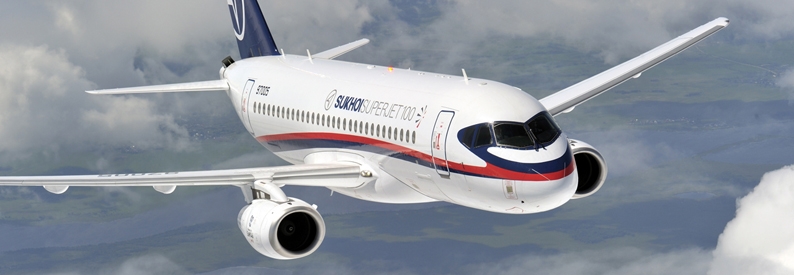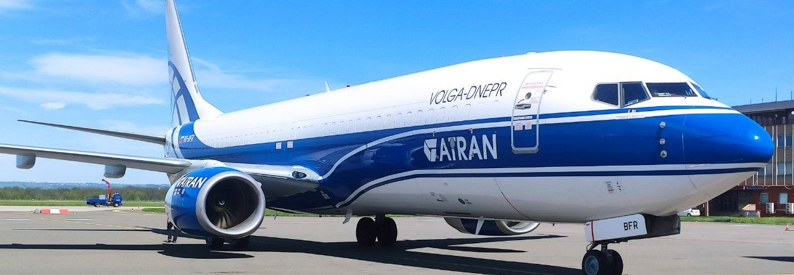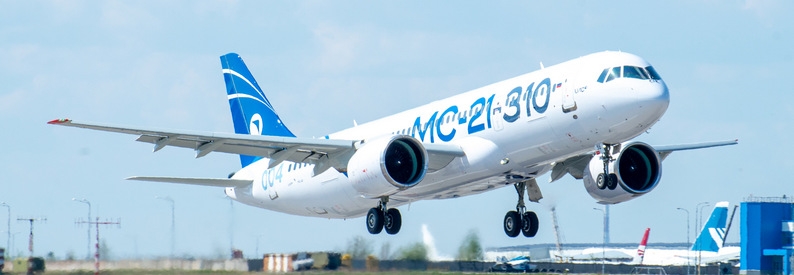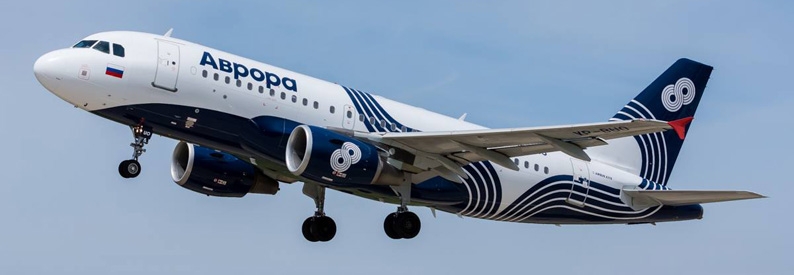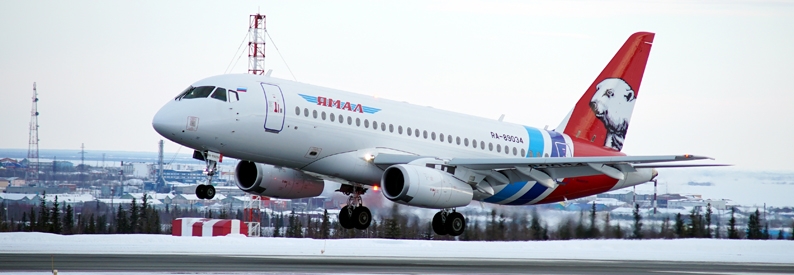Russia will soon be forced to start cannibalising the aircraft on its territory because the sanctions regime means no new spare parts are being delivered. The trend may culminate in a mass grounding, so that by 2025 between half and two-thirds of all commercial aircraft in the country could be inoperable, the newspaper Kommersant reported citing a Ministry of Transport report that has not been made public.
The draft report on the development of Russia’s aviation sector until 2030 maps out two scenarios, one “baseline”, the other pessimistic. In the worst-case scenario, the country could face serious shortages from the second half of this year, a matter of weeks from now, when foreign-made aircraft will start to be “intensively reduced” and dismantled.
The ministry developed the document in accordance with instructions from President Vladimir Putin following a meeting on March 31. It sent a copy of the document to Russia’s Association of Air Transport Operators for familiarisation. Kommersant said its authenticity was confirmed by sources at the ministry, the association, and two airlines.
In the baseline case, “at least 70% of the foreign fleet will remain in operation by the end of 2025.” This assumes airlines will find some channels for replenishing stocks of components and consumables, taking into account that up to a third of the existing fleet will be dismantled for spare parts.
The worst-case scenario reflects expectations that it will not be possible to replenish the stock of spare parts, and from the second half of 2022 foreign-made aircraft will start to be “intensively reduced so that the dismantling ensures the airworthiness of the fleet remaining in operation.” Which aircraft types will remain in operation is not specified, but a ministry source told Kommersant that this scenario comes from “the threat of grounding half to two-thirds” of the commercial aircraft in Russia.
Even in the more optimistic scenario, passenger volumes will not recover to the pre-crisis level of 100 million people a year by 2030.
Particularly urgent needs are for the repair of tyres and for patching up thermal brake linings.
There is also “a low level of penetration of domestic digital services and solutions for the main critical technological processes,” including those affecting “the immediate possibility of carrying out transportation processes and safety.” This refers to, for example, ground-to-air communication systems, cartographic and meteorological systems, and flight planning. A possible solution, according to the report, is “the selection of a domestic or freely distributed software analogue.”
The plan calls for a RUB627 billion ruble (USD9.2 billion) development scheme that would add 1,000 Russian-made aircraft to the national fleet by 2030. Out of 1,287 aircraft currently operated in Russia including cargo, private, and those operated by the state, 1,140 were on the Russian register as of April 20, the report said, and “only 470 were produced in Russia or in the former USSR.”
